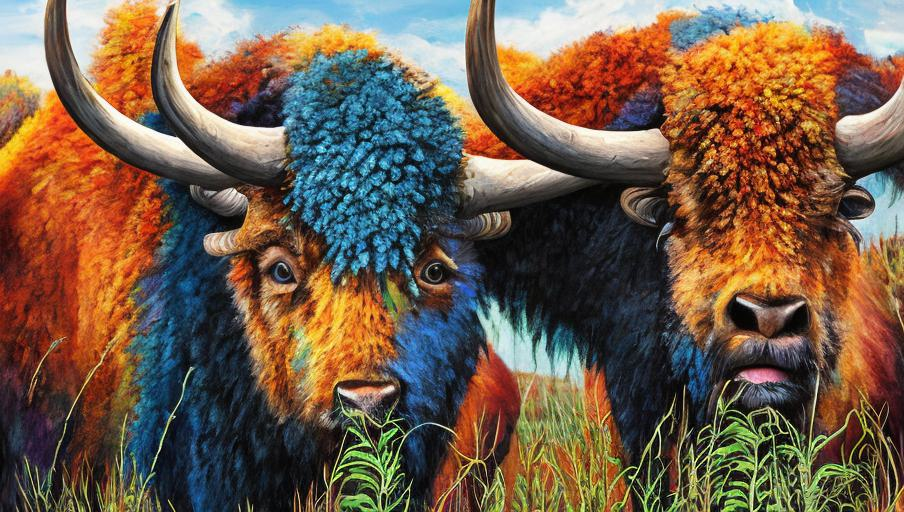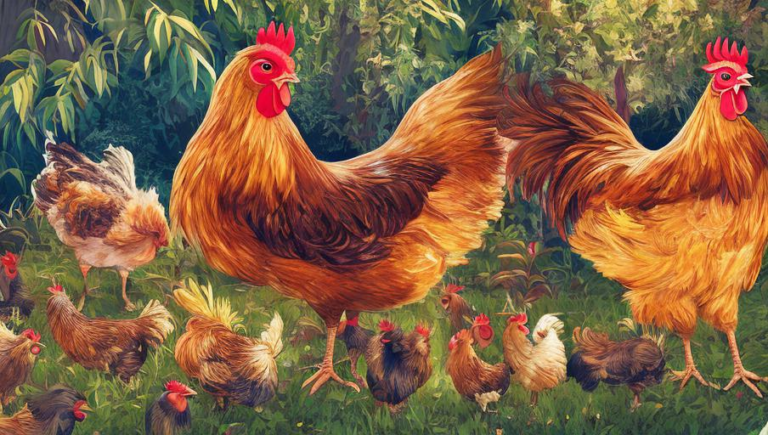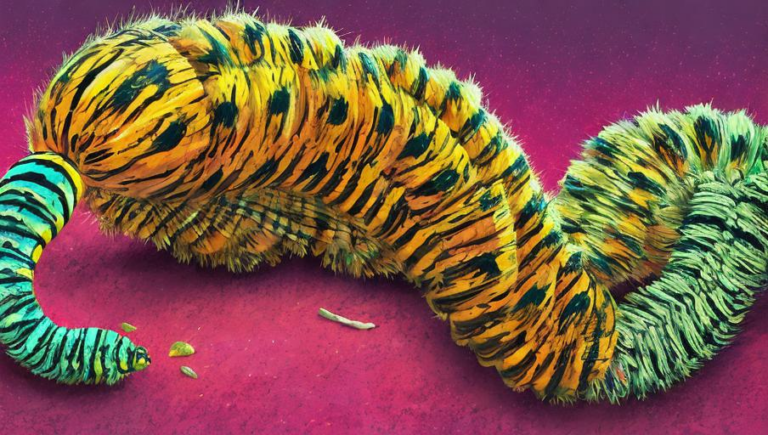Caring for the Buffalo in Captivity

Introduction to the Buffalo
The American bison, commonly referred to as the buffalo, is the largest land mammal in North America. Buffalo have been an integral part of the American landscape for millennia, and have been integral to the diets of Indigenous people for centuries. Buffalo are distinguished by their large, shaggy coat, long horns, and powerful build. Buffalo have been successfully domesticated, and can be kept in captivity in some parts of the world. However, they do require special care and consideration in captivity.
The Importance of a Natural Environment
When kept in captivity, it is important for buffalo to be given the opportunity to roam and graze, as this is their natural behavior. A large, open and grassy area is ideal for buffalo, but it is also important to provide them with shelter from the elements, such as a barn or stable. Buffalo should also be provided with a variety of different food sources, such as hay, grains, and legumes, as this will help to keep them healthy and active.
Health and Nutrition
Buffalo in captivity should be monitored closely to ensure they are receiving the proper nutrition and exercise. Regular health checks should be done, and any signs of illness or distress should be addressed immediately. Buffalo should also be given regular vaccinations, and should be provided with plenty of fresh water. Additionally, it is important to provide buffalo with a balanced diet that includes plenty of fiber, protein, and vitamins.
Behavior and Socialization
Buffalo are social animals, and should be given the opportunity to interact with other buffalo or other animals. When kept in captivity, buffalo should be provided with socialization opportunities, such as herd walks or playtime with other animals. Buffalo should also be given plenty of psychological stimulation, such as puzzles or activities. It is also important to provide buffalo with plenty of positive reinforcement, such as treats or praise, when they display good behavior.
Handling and Training
Buffalo can be trained in captivity, and it is important to handle them with care and respect. Buffalo should never be handled roughly or with aggression, as this can cause them to become fearful or aggressive. Training should be done slowly and gently, and it is important to provide plenty of positive reinforcement. Training should also be done with consistency and patience, as buffalo can be slow to learn. Buffalo should also be familiarized with humans, and should be given the opportunity to interact with people in a positive manner.
Conclusion
Caring for buffalo in captivity requires a lot of dedication and responsibility. It is important to provide them with a natural environment, proper nutrition, socialization, and handling and training. With the right care and attention, buffalo can thrive in captivity and can be a wonderful addition to any family.





